Introduction
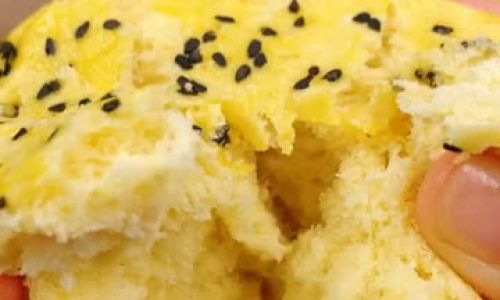
Baking a cake typically conjures images of ovens preheating, timers ticking, and the tantalizing aroma of vanilla or chocolate wafting through the kitchen. But what if you don’t have access to an oven? Fear not! Whether you’re living in a dorm room, camping, or simply prefer alternative cooking methods, you can still indulge in homemade cake. This article explores five innovative techniques to bake cakes without an oven, using everyday kitchen tools like stovetops, microwaves, steamers, and even pressure cookers. Each method is beginner-friendly, requires minimal equipment, and guarantees a moist, flavorful cake every time. Let’s dive into the world of oven-free baking!
Stovetop Baking: The Classic Pan Method
The stovetop method is perhaps the most accessible way to bake a cake without an oven. All you need is a heavy-bottomed pan, a tight-fitting lid, and a little patience. This technique mimics the slow, even heat distribution of an oven, ensuring your cake cooks through without burning.
Ingredients (for a 6-inch chocolate cake):
- 1 cup all-purpose flour
- ½ cup granulated sugar
- ⅓ cup unsweetened cocoa powder
- 1 tsp baking powder
- ½ tsp baking soda
- ¼ tsp salt
- ½ cup milk (dairy or plant-based)
- ¼ cup vegetable oil
- 1 tsp vanilla extract
- ½ cup hot water (or coffee for deeper flavor)
Tools Needed:
- A heavy-bottomed pan (cast iron works best)
- A heatproof plate or stand (to elevate the cake pan)
- A tight-fitting lid
Instructions:
- Prepare the Pan: Grease a 6-inch cake pan and line the bottom with parchment paper. Place a small heatproof stand or a folded kitchen towel at the center of your large pan. This elevates the cake pan, preventing direct heat contact.
- Mix the Batter: In a bowl, whisk together the dry ingredients. Add the milk, oil, and vanilla, stirring until smooth. Gradually pour in the hot water, mixing until lump-free.
- Pour and Cook: Pour the batter into the prepared pan. Place it inside the larger pan on top of the stand. Cover the pan with a lid, ensuring minimal steam escapes.
- Cook on Low Heat: Set the stove to the lowest heat and cook for 45–50 minutes. Avoid lifting the lid during cooking.
- Check for Doneness: Insert a toothpick into the center—if it comes out clean, the cake is ready. Let it cool before flipping.
Pro Tip: For a fluffy texture, avoid overmixing the batter. Stir until just combined to prevent gluten overdevelopment.
Microwave Mug Cake: Instant Gratification
The microwave method is perfect for single-serving cakes or last-minute dessert cravings. Mug cakes cook in minutes and require zero cleanup.
Ingredients (for a vanilla mug cake):
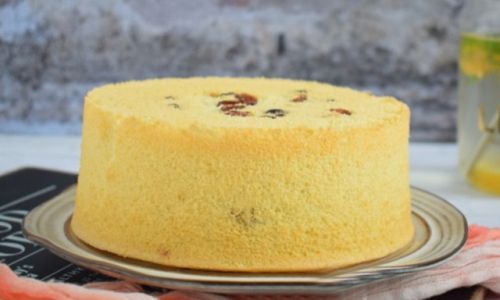
- 4 tbsp all-purpose flour
- 3 tbsp granulated sugar
- ½ tsp baking powder
- 3 tbsp milk
- 2 tbsp vegetable oil
- ½ tsp vanilla extract
- A pinch of salt
Tools Needed:
- A microwave-safe mug (at least 12 oz capacity)
- A fork or small whisk
Instructions:
- Mix the Ingredients: In the mug, combine all dry ingredients. Add the milk, oil, and vanilla, stirring until smooth.
- Microwave: Cook on high for 1–2 minutes. Cooking time varies by microwave wattage—start with 1 minute and add 15-second bursts if needed.
- Cool and Serve: Let the mug cake cool slightly before digging in. Top with ice cream, whipped cream, or powdered sugar.
Variations:
- Chocolate Lover’s Dream: Add 1 tbsp cocoa powder and a handful of chocolate chips.
- Cinnamon Spice: Mix in ¼ tsp cinnamon and a dash of nutmeg.
Pro Tip: Use a wider mug for even cooking. Tall, narrow mugs may result in uneven texture.
Steaming: The Moisture-Rich Method
Steaming yields incredibly moist cakes with a tender crumb. This technique is ideal for sponge cakes, chiffon cakes, or Asian-style steamed desserts like ma lai go.
Ingredients (for a pandan steamed cake):
- 1 cup cake flour
- ¾ cup granulated sugar
- 1 tsp baking powder
- ¼ tsp salt
- 3 eggs (separated)
- ½ cup coconut milk
- ¼ cup vegetable oil
- 1 tbsp pandan extract (or vanilla)
Tools Needed:
- A steamer basket or a large pot with a lid
- A heatproof plate or cake pan
Instructions:
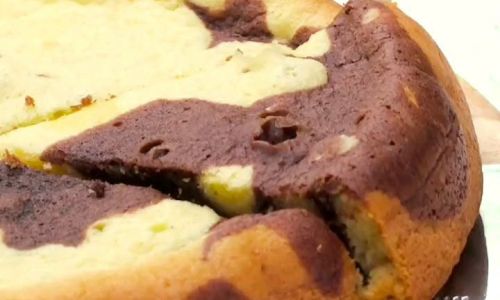
- Prepare the Steamer: Fill a pot with 2 inches of water and bring it to a simmer. Place a steamer basket or a trivet inside.
- Make the Batter: Whisk egg yolks, sugar, coconut milk, oil, and pandan extract until smooth. Sift in the dry ingredients. In a separate bowl, beat egg whites until stiff peaks form. Gently fold the whites into the batter.
- Steam: Pour the batter into a greased pan. Cover tightly with foil or a lid. Place it in the steamer and cook for 45–50 minutes.
- Cool and Unmold: Let the cake cool completely before slicing.
Pro Tip: For a fluffier texture, avoid opening the steamer lid during cooking. Sudden temperature changes can cause the cake to collapse.
Slow Cooker Cake: Set-It-and-Forget-It Baking
A slow cooker’s gentle, consistent heat is perfect for baking cakes overnight or while you’re busy with other tasks.
Ingredients (for a lemon poppy seed cake):
- 1½ cups all-purpose flour
- 1 cup granulated sugar
- 2 tsp baking powder
- ¼ tsp salt
- ¾ cup milk
- ½ cup melted butter
- 2 tbsp lemon zest
- 1 tbsp poppy seeds
- 1 tsp vanilla extract
Tools Needed:
- A slow cooker (6-quart size or larger)
- Parchment paper
Instructions:
- Line the Slow Cooker: Cut a parchment paper circle to fit the bottom of the slow cooker. Grease the sides.
- Mix the Batter: Combine dry ingredients in a bowl. Add milk, melted butter, lemon zest, poppy seeds, and vanilla. Stir until smooth.
- Cook: Pour the batter into the slow cooker. Cover and cook on low for 2–3 hours, or until a toothpick inserted comes out clean.
- Cool and Serve: Let the cake cool in the slow cooker for 10 minutes before transferring to a rack.
Pro Tip: For a crispier crust, remove the lid during the last 30 minutes of cooking.
Pressure Cooker Cake: Speed and Moisture Combined
Pressure cookers aren’t just for stews—they can bake cakes in record time while locking in moisture.
Ingredients (for a spiced apple cake):
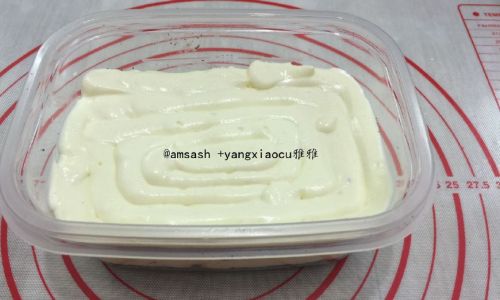
- 1 cup whole wheat flour
- ½ cup brown sugar
- 1 tsp cinnamon
- ½ tsp ginger
- ¼ tsp nutmeg
- 1 tsp baking powder
- 1 cup grated apple
- ½ cup Greek yogurt
- ¼ cup melted coconut oil
- 1 egg
Tools Needed:
- A pressure cooker (stovetop or electric)
- A trivet or metal stand
Instructions:
- Prepare the Cooker: Add 2 cups of water to the pressure cooker and place a trivet inside.
- Make the Batter: Mix dry ingredients in a bowl. Add apple, yogurt, oil, and egg. Stir until combined.
- Cook: Pour the batter into a greased pan. Cover with foil and lower it onto the trivet. Lock the lid and cook on high pressure for 25 minutes. Let the pressure release naturally.
- Cool: Unlock the lid and let the cake cool before slicing.
Pro Tip: Use a 7-inch pan for electric pressure cookers and a 6-inch pan for stovetop models to ensure proper fit.
Common Ingredients and Substitutions
Baking without an oven doesn’t mean compromising on flavor or texture. Here’s how to adapt recipes based on your pantry:
- Milk Alternatives: Use almond, oat, or soy milk for dairy-free options.
- Sugar Swaps: Replace granulated sugar with honey, maple syrup, or coconut sugar.
- Egg-Free Options: For vegan cakes, substitute eggs with applesauce (¼ cup per egg) or mashed banana.
- Flour Variations: Experiment with almond flour, oat flour, or gluten-free blends.
Troubleshooting Guide
- Sticky Cake: Reduce cooking time by 5–10 minutes.
- Uneven Cooking: Rotate the pan halfway through cooking (for stovetop or slow cooker methods).
- Dry Texture: Add 1–2 tbsp of yogurt or applesauce to the batter.
Tips for Oven-Free Baking Success
- Use the Right Pan: Opt for light-colored metal pans, which conduct heat more evenly than glass or ceramic.
- Preheat (When Possible): For stovetop or slow cooker methods, preheat the pan or cooker for 5–10 minutes before adding the batter.
- Avoid Overmixing: Overmixing develops gluten, resulting in a dense cake.
- Check Doneness Early: It’s better to undercook slightly and add time than to overbake.
Decorating Without Frosting Tools
No piping bags? No problem!
- Dust with Powdered Sugar: Use a sieve to create a snowy effect.
- Fresh Fruit: Top with berries, sliced peaches, or citrus segments.
- Drizzle Sauces: Warm chocolate, caramel, or berry compote adds elegance.
Conclusion
Baking without an oven opens up a world of creativity and convenience. Whether you’re steaming a delicate sponge, microwaving a cozy mug cake, or experimenting with a pressure cooker, these methods prove that delicious homemade desserts are within reach—no fancy equipment required. So the next time your oven is occupied (or nonexistent), embrace these techniques and let your kitchen adventures begin!
Final Thought: Baking is as much about innovation as it is about tradition. With these oven-free methods, you’re not just making cake—you’re redefining what’s possible in your kitchen. Happy baking!



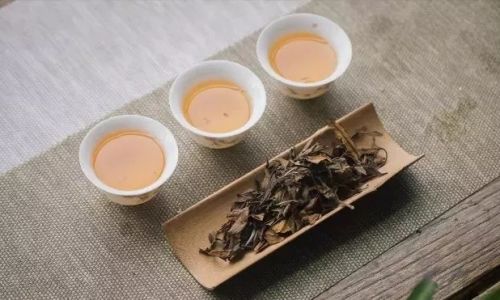

0 comments